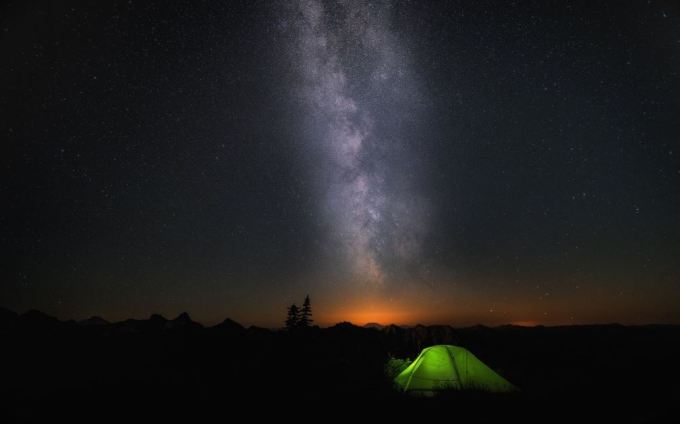It was Monday morning.
I pop into my cube after a crazy drive into work, traffic was just nuts. I park my brown leather satchel next to my desk and walk over to the coffee machine for my morning coffee boost. I hear it churning away, brewing a fresh pot.
I love those guys that get in early and start the coffee. It’s just so hard to face the day otherwise.
I brought with me my favorite coffee mug, but one look at it told me it hadn’t quite made it to the sink before I left the previous Friday. After a quick wash it was ready to go. Moments later, a steaming hot stream of liquid brain booster poured from the urn, the smell of fresh brewed coffee already hitting my brain.
Ahhhh…that first sip…okay…I can face the day now.
After plopping down in my office chair, setting the coffee on my desk and then pulling the laptop from my satchel, I plug it in and power up.
Nothing.
A blue screen.
It’s the blue screen of death! Nooooo!!!
Not on a Monday! Not anytime!!
I quickly call IT and request assistance. After some moments, I hear the dreaded phrase…the one no one wants to hear.
“Sorry, but the operating system on your computer has become corrupted, the only way we can restore it to its original condition, is to re-image your computer. That means we will restore your computer’s operating system from one of our original master copies. Once completed, your computer will be restored to its original condition and will function properly.”
“Ohhhh man…are you sure this is the only way?” I replied.
“Yes. I’m afraid so. I know it’s drastic, but the existing operating system has become corrupted and short of a complete reimage, there are no other solutions to fix this problem.”
Moments later, I walked my laptop to the helpdesk center, where a somber looking tech received it. She took it, and told me it would be ready in one to two days.
In the world of technology I’ve had to come to the realization that some problems cannot be solved by small fixes or creative workarounds. They can only be solved using drastic measures.
In many ways the incarnation of Christ was one of those drastic measures for humanity. As we approach Christmas, a season where we celebrate the arrival of Christ, I am reminded that there was a time God had created humanity and the cosmos and all was well. He intended for us to live in a world He created for His most prized of all creations, people. In His world we would live life to the full, we would never suffer, we would never worry about being overtaken by death, and we would walk and live in perfect communion with our Creator.
To have all this, we had only one rule to follow. And all of Creation and it’s perfect state would hang on our following one simple rule. God told us not to consume anything from the tree of the knowledge of good and evil. (Gen 2:17)
That’s it.
Easy.
In return we would have a life of immortality and have a perfect relationship with God, the creator and sustainer of all life.
What a sweet deal!
We only had one job, and yet we still managed to mess it all up. (Gen 3)
You see, our Creator endowed us with free will, because it’s only through free will that we might express our true love towards God. God could have pre programmed us to “love” Him, but then it wouldn’t be true love from the heart. The trade-off of course is that we could also choose to disobey Him.
Which of course we did.
Thanks guys.
The effect of our choice corrupted all of Creation. It even corrupted our souls. Our basic operating system that had been installed by God as a perfect image (Gen 1:27) was now corrupted. We were no longer in communion with God, we were no longer immortal as God had intended for us all along.
What could we do to fix it?
In our case, there was nothing we could do. Humanity could not fix the problem it had created. According to Athanasius, “no other could restore to man the lost Image but the express Image of the Father…“1
In effect,we needed to be remimaged by the Master Himself!
And that’s what God did. He came to us, born in a humble manger, lived among us perfectly. And then a corrupt humanity ultimately killed him by crucifixion.
But not for long.
Three days later, as He promised, He rose from the dead! He overcame death! He provided us with a path to eternity through faith in His work on the cross! (Romans 3:24)
For this reason we have the incarnation of Christ. We celebrate His coming to us at Christmas time, His birth as the God man, the one true image to reset our corrupt image that happened so long ago when humanity chose poorly.
This Christmas we have every reason to celebrate! We have been made new in Christ, we have been reborn…or if you prefer, reimaged by the Master Himself!
==============================================================
Notes:
- Athanasius of Alexandria, Athanasius: On the Incarnation of the Word of God, trans. T. Herbert Bindley, Second Edition Revised (London: The Religious Tract Society, 1903), 29.


